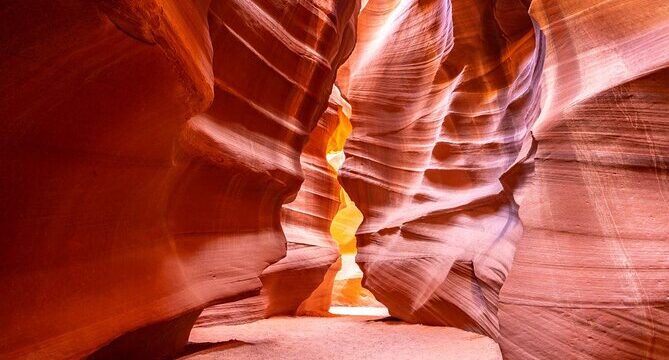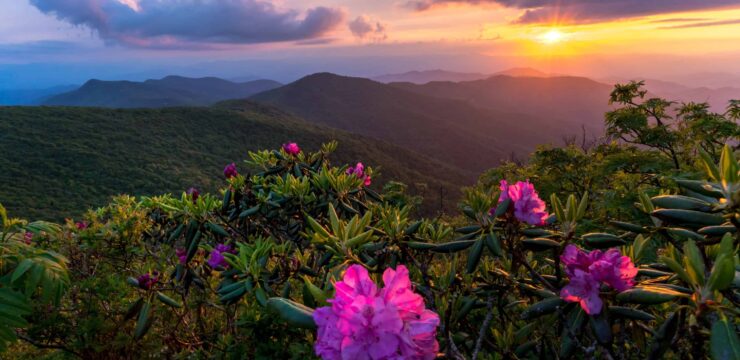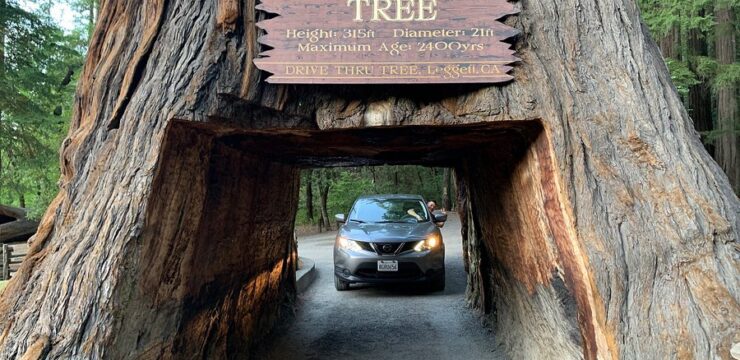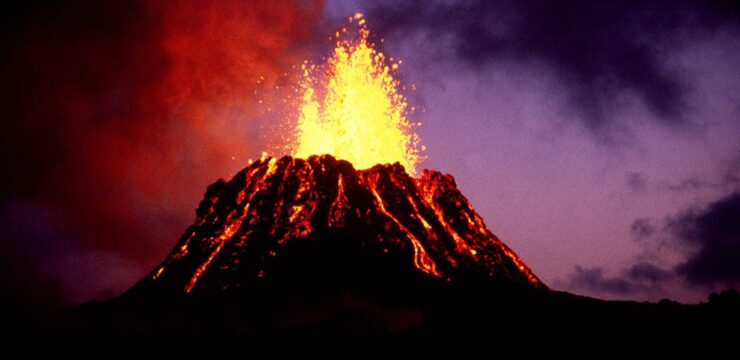Nestled in the heart of California’s Sierra Nevada Mountains, Yosemite National Park is one of the most breathtaking natural wonders in the United States.
Covering over 750,000 acres, the park is renowned for its towering granite cliffs, ancient sequoia trees, cascading waterfalls, and diverse wildlife.
Every year, millions of visitors from around the world flock to Yosemite to experience its awe-inspiring landscapes and outdoor recreational opportunities.
A Brief History
Yosemite’s rich history dates back thousands of years when it was inhabited by the Ahwahneechee people. In 1864, President Abraham Lincoln signed the Yosemite Grant, protecting the land and paving the way for the national park system. Officially designated as a national park in 1890, Yosemite has since become a symbol of conservation and a treasured destination for nature lovers.
Iconic Landmarks and Scenic Spots
El Capitan
El Capitan, the world’s largest granite monolith, towers at 3,000 feet above the Yosemite Valley floor. It is a mecca for rock climbers, with daring adventurers attempting its sheer vertical face through challenging routes like The Nose and Dawn Wall.
Half Dome
Another legendary formation, Half Dome, stands at nearly 5,000 feet above the valley. The strenuous hike to the summit, which includes the famous cable route, rewards climbers with panoramic views of the park’s breathtaking terrain.
Yosemite Falls
One of the tallest waterfalls in North America, Yosemite Falls plunges a staggering 2,425 feet in three cascading sections. The best time to witness the falls in full force is during the spring when snowmelt fuels its dramatic flow.
Mariposa Grove
Home to over 500 mature giant sequoias, Mariposa Grove is a must-visit area in Yosemite. Some of the most famous trees include the Grizzly Giant and the Tunnel Tree, which showcase the incredible resilience and grandeur of these ancient giants.
Outdoor Adventures
Yosemite is a paradise for outdoor enthusiasts, offering a wide range of activities for visitors of all skill levels:
- Hiking: From easy strolls like the Mirror Lake Trail to challenging hikes like Clouds Rest, Yosemite’s trails provide stunning views and diverse landscapes.
- Rock Climbing: Known as the rock climbing capital of the world, Yosemite attracts climbers from all over to test their skills on its granite walls.
- Camping: There are numerous campgrounds within the park, allowing visitors to immerse themselves in the natural beauty of the wilderness.
- Wildlife Viewing: Yosemite is home to black bears, mule deer, bobcats, and countless bird species, making it a haven for wildlife lovers and photographers.
- Photography: The park’s changing seasons and diverse topography make it a dream destination for photographers. Sunrise and sunset at Tunnel View provide particularly mesmerizing views.
Best Time to Visit
Each season in Yosemite offers a unique experience:
- Spring: Best for waterfalls and wildflowers.
- Summer: Ideal for hiking and camping, but also the most crowded season.
- Fall: Fewer crowds with stunning autumn foliage.
- Winter: A peaceful, snowy wonderland perfect for skiing and photography.
Preserving Yosemite’s Beauty
As one of the most visited national parks in the U.S., Yosemite faces challenges related to overcrowding and environmental impact. Visitors are encouraged to follow Leave No Trace principles, respect wildlife, and support conservation efforts to help preserve the park’s natural beauty for future generations.
Conclusion
Yosemite National Park is a true gem of the natural world, offering unparalleled beauty and adventure. Whether you’re seeking thrilling outdoor activities, serene landscapes, or a deep connection with nature, Yosemite is a destination that leaves a lasting impression. From its iconic granite peaks to its thundering waterfalls and ancient forests, the park stands as a testament to the power and wonder of the natural world.





